Nizhny Novgorod
As Moscow expanded southward in the 16th century, it left a legacy of impressive fortresses – kremlins – in its wake, and ‘Nizhny’s’ kremlin boggles both for its size and commanding view of the river. These days, the kremlin houses the city’s best museums, including the Nizhegorodsky State Art Museum, with its impressive abstracts, and the recently renovated National Centre of Contemporary Art.
During the Soviet period, Nizhny (as it's often called), then known as ‘Gorky’, was closed to foreigners, making it the perfect place to banish individuals deemed inconvenient to the regime. Indeed, it still feels a little isolated. Physicist and dissident Andrei Sakharov was exiled here for eight years in the 1970s and ‘80s. His modest apartment has been converted to a quirky museum and looks the same as the day he left in 1986.
Nizhny has some excellent restaurants, including Restoratsia Pyatkin, which offers Volga fish specialties and fresh-brewed kvas (a tangy drink of fermented rye bread). For an overnight stay, look no further than family-run Jouk-Jacques on pedestrianized Bolshaya Pokrovskaya ul, a short walk from the kremlin.
Nizhny Novgorod has good plane and train connections to Moscow. I’ve sketched out the rest of the cities as if you’d started your journey here.
Kazan
From Nizhny, an overnight train brings you to Kazan, the former Khanate stronghold and present-day capital of the autonomous Republic of Tatarstan. A trip here affords the chance to experience the unique food and culture of the Volga Tatars, an ethnic-Turkic, Islamic people that make up about half the city’s population.
In keeping with the multi-ethnic character, Kazan’s gleaming white kremlin holds both the enormous Kul Sharif Mosque and Annunciation Cathedral. A leisurely stroll here offers breath-taking vistas out over the river and the chance to see some impressive art at the local branch of the Hermitage Museum. South of the Kremlin, the remnants of Ivan the Terrible’s Siege of Kazan lives on at the Old Tatar Settlement, a ramshackle neighborhood of colorful wooden houses that date from the time when ethnic Tatars could only live in this part of the city.
Sample traditional Tatar chak-chak, a prized sweet made from baked dough and honey, at the Chak-chak Museum or dive into possible harder-to-swallow Tatar classics like stewed horsemeat or mutton at the Dom Tatarskoy Kulinarii. Hotel Giuseppe is an Italian-owned boutique hotel within easy walk of the kremlin.
Samara
From Kazan, head south on the train to the bustling port of Samara. Truth be told, for a city of its size (1.16 million people) Samara lacks for top sights, though it’s got a lively vibe and beautiful riverfront park. The only in-town must is a subterranean WWII-era bunker built for Stalin in the event the Nazis over-ran Moscow, though it was never used.
Outside the city, Samara is a jumping off point for hiking the Zhiguli Hills across the river on the western bank. The river loops around the hills, creating a peninsula encompassing some 32,000 hectares of national forest reserve and plenty of trails.
There are lots of great places to eat well. Staraya Kvartira combines excellent Russian cooking with a memorable setting in a restored Soviet-era flat. For an overnight stay, try Hotel Europe, a quirky-but-friendly inn housed in mustard-yellow mansion from 1902.
Volgograd
Hop the overnight train south for the long haul (17 hours) to Volgograd, a city lionized in Russian history books as the place the WWII Nazi juggernaut was finally halted. This is where the Battle of Stalingrad was fought from late-1942 to early-1943 and where more than a million people died. In the aftermath of the battle, the Soviets rebuilt in the city in pomp and palaces and it remains an impressive, graceful place.
Take the high-speed tram 3.5km north of the center to see the immense Mamaev Kurgan memorial complex, topped by a 72m-high statue of Mother Russia. Spend the better part of day ambling around the grounds to admire the evocative statues, reflecting pools, church, cemetery and eternal flame. Back in town, the Panorama Museum of the Battle of Stalingrad tells the story of the battle in eight large exhibition halls and a 360-degree panorama.
Volgograd’s lively riverfront has lots of spots to grab a bite. “Hungry," on the central Alley of Heroes, is a modern café with hearty salads and authentic wood-fired pizzas. The Stary Stalingrad is an affordable boutique hotel with nicely furnished rooms with an individual touch.
This post was excerpted from an article I wrote earlier this year for Lonely Planet for taking a train trip down the river: "Along the Volga: riding the rails through Russia." I wrote earlier on my blog on Volgograd -- definitely one of my favorite cities on the trip. See "Volgograd: Where the Nazis Met the Wrath of Mother Russia."
Be sure to listen to episode #605 of the Amateur Traveler podcast, in which I speak about all of the amazing sights and cities along the Volga River.
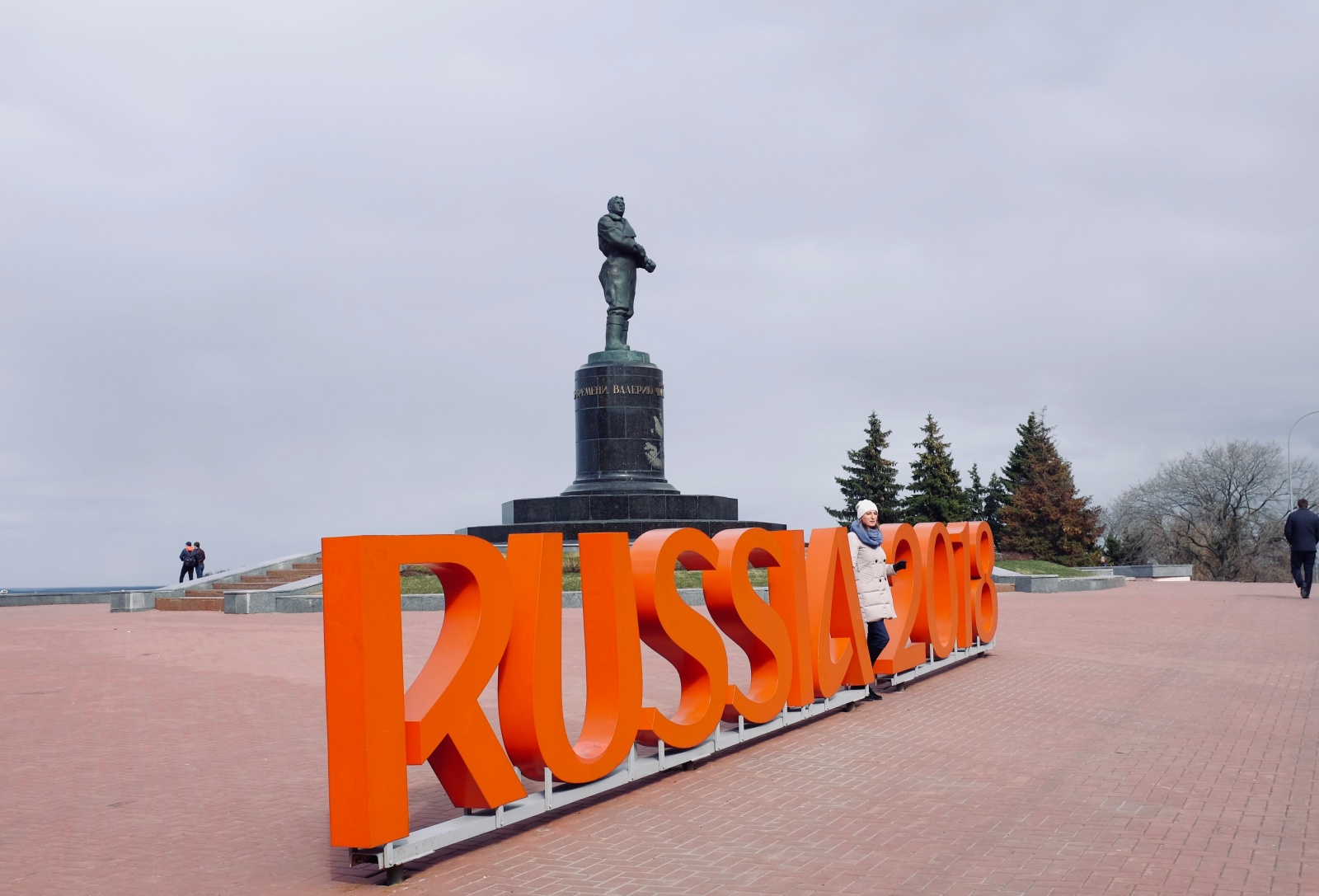
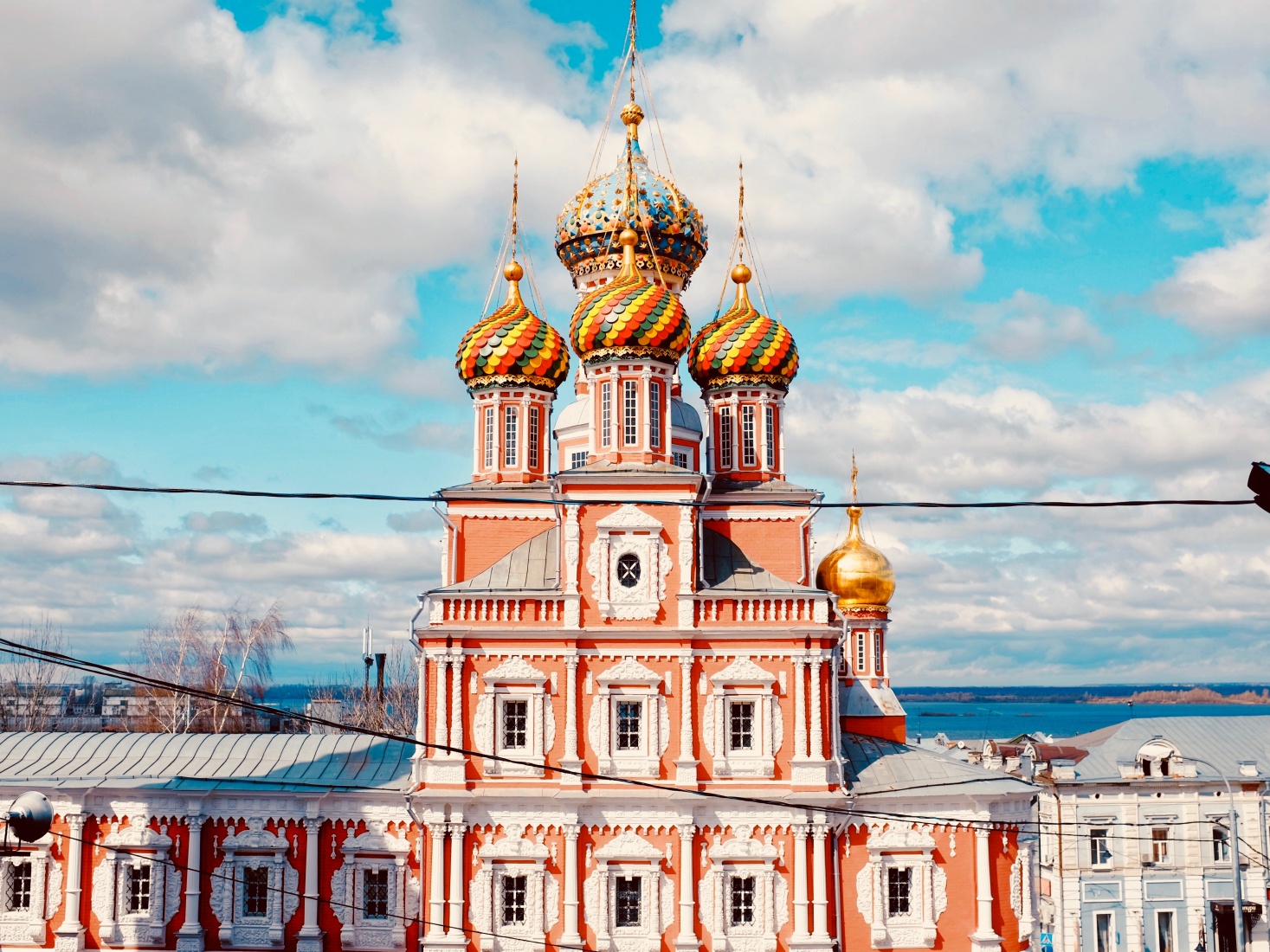
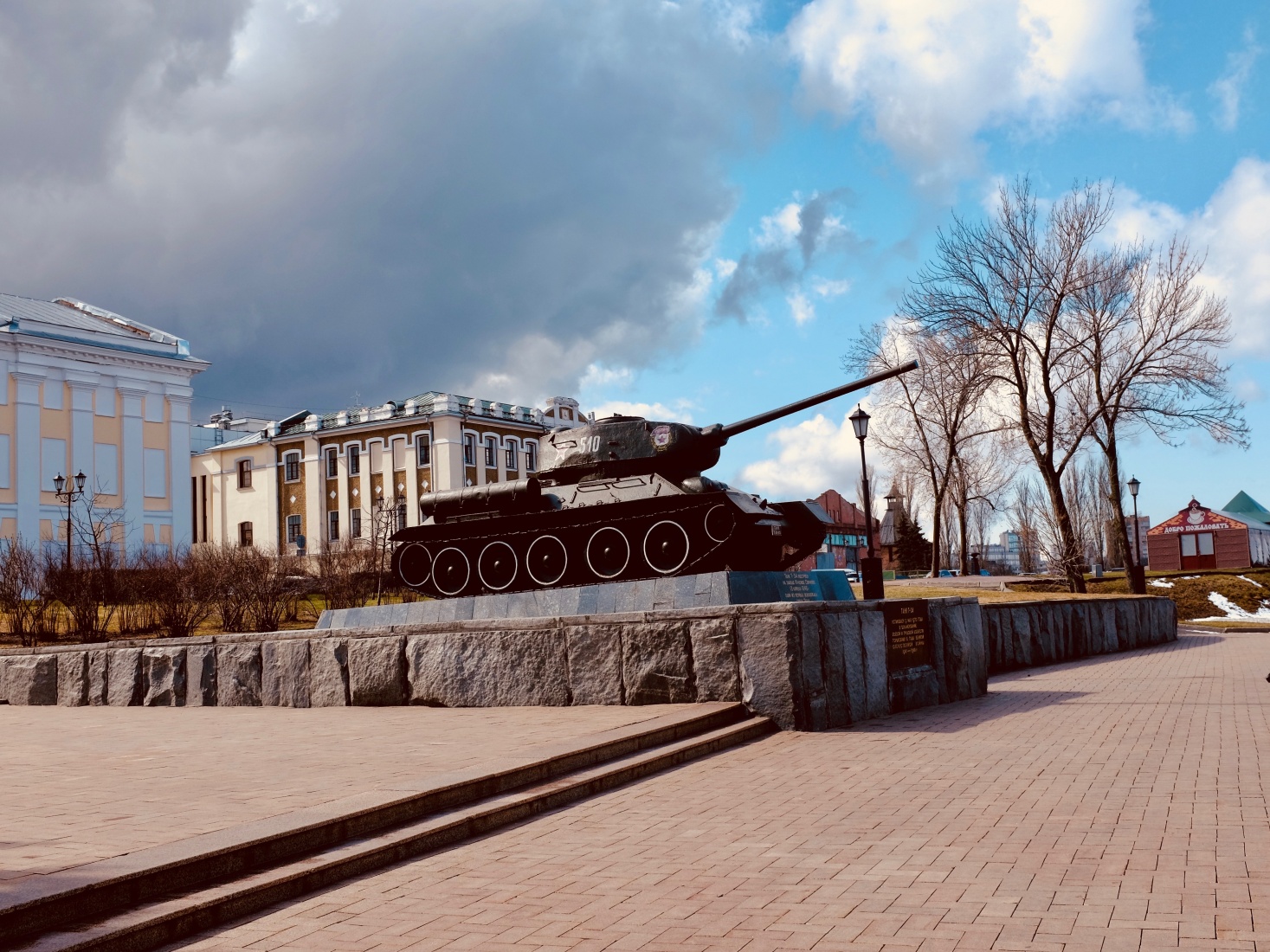
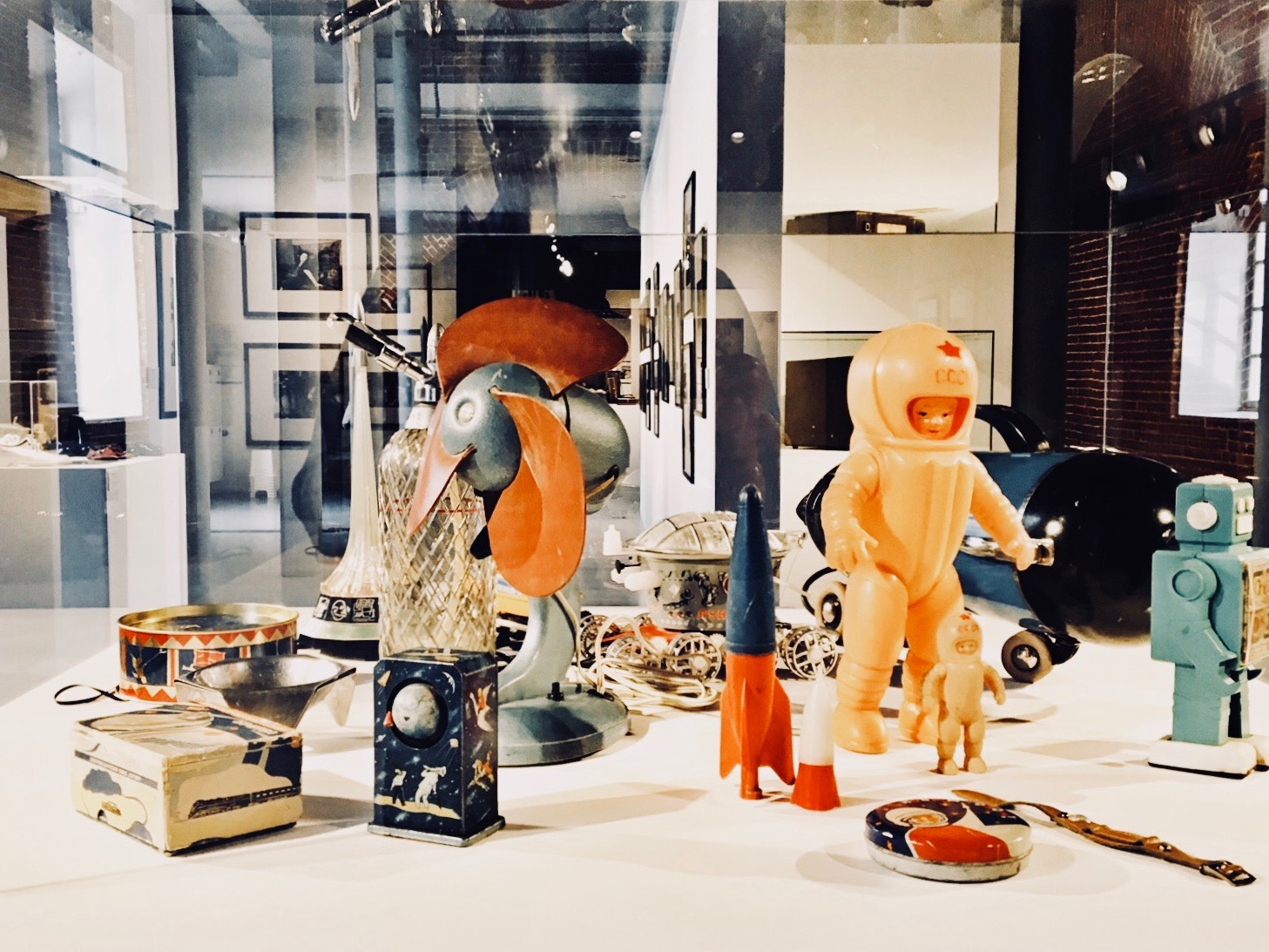
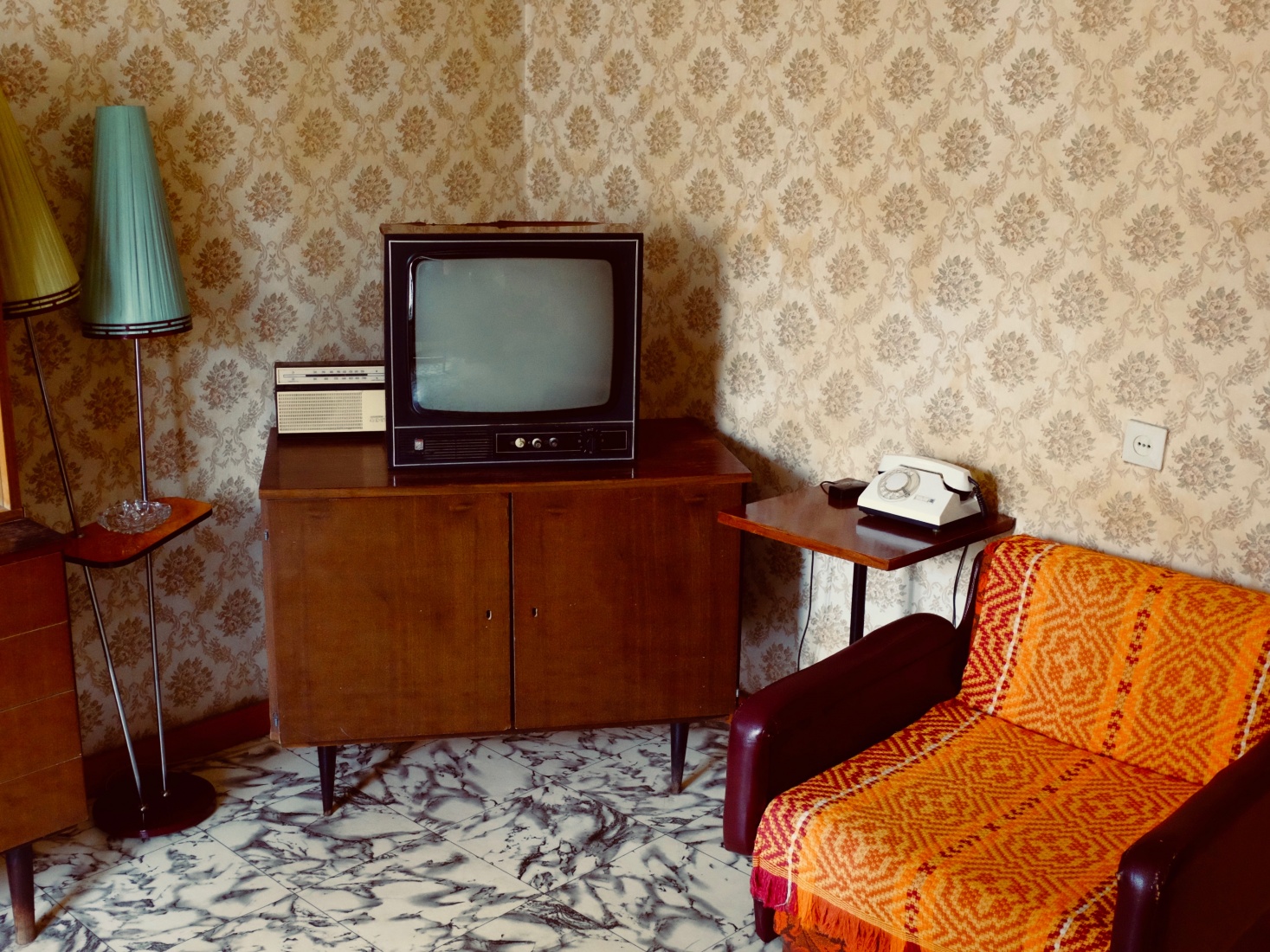
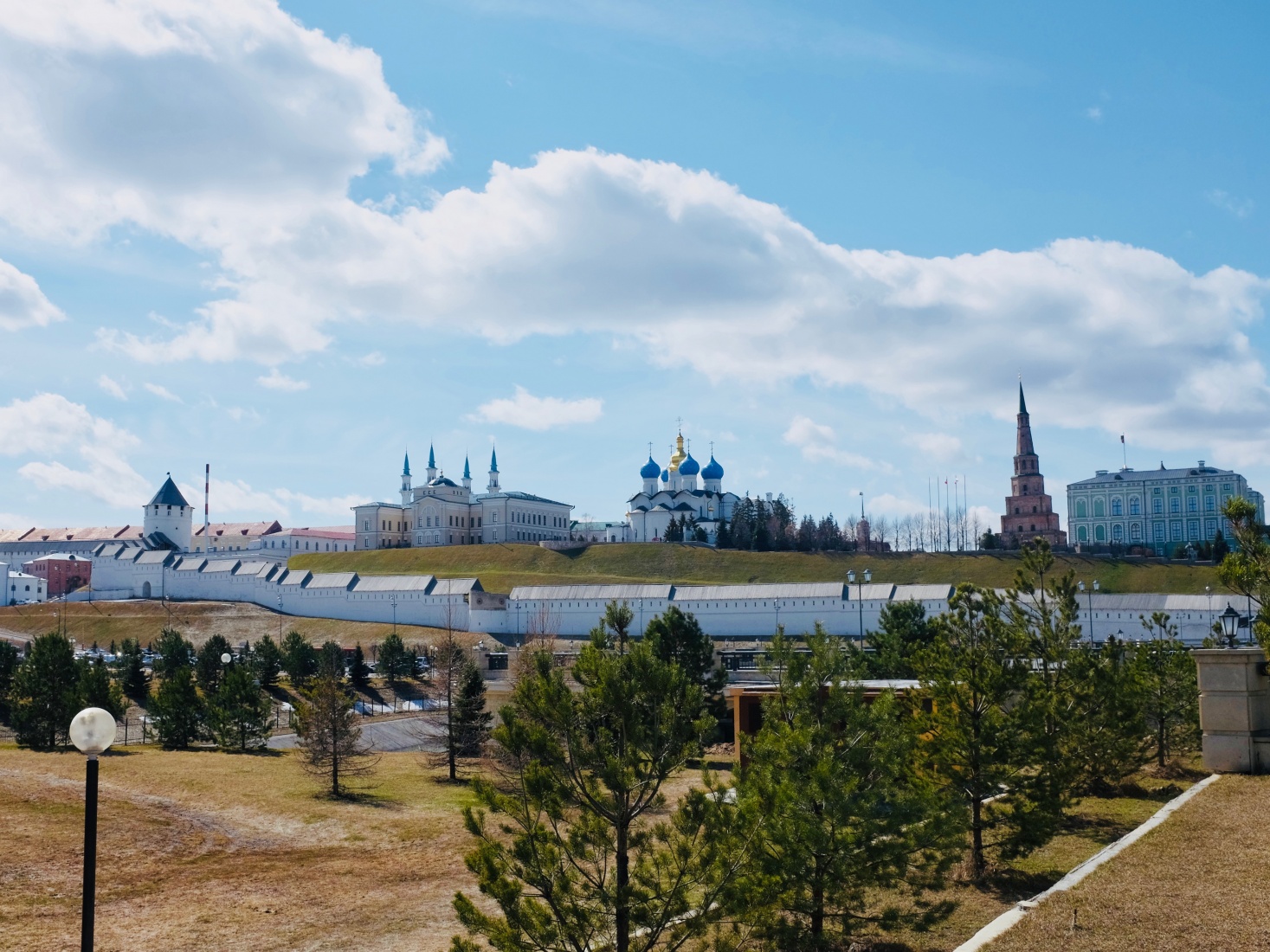
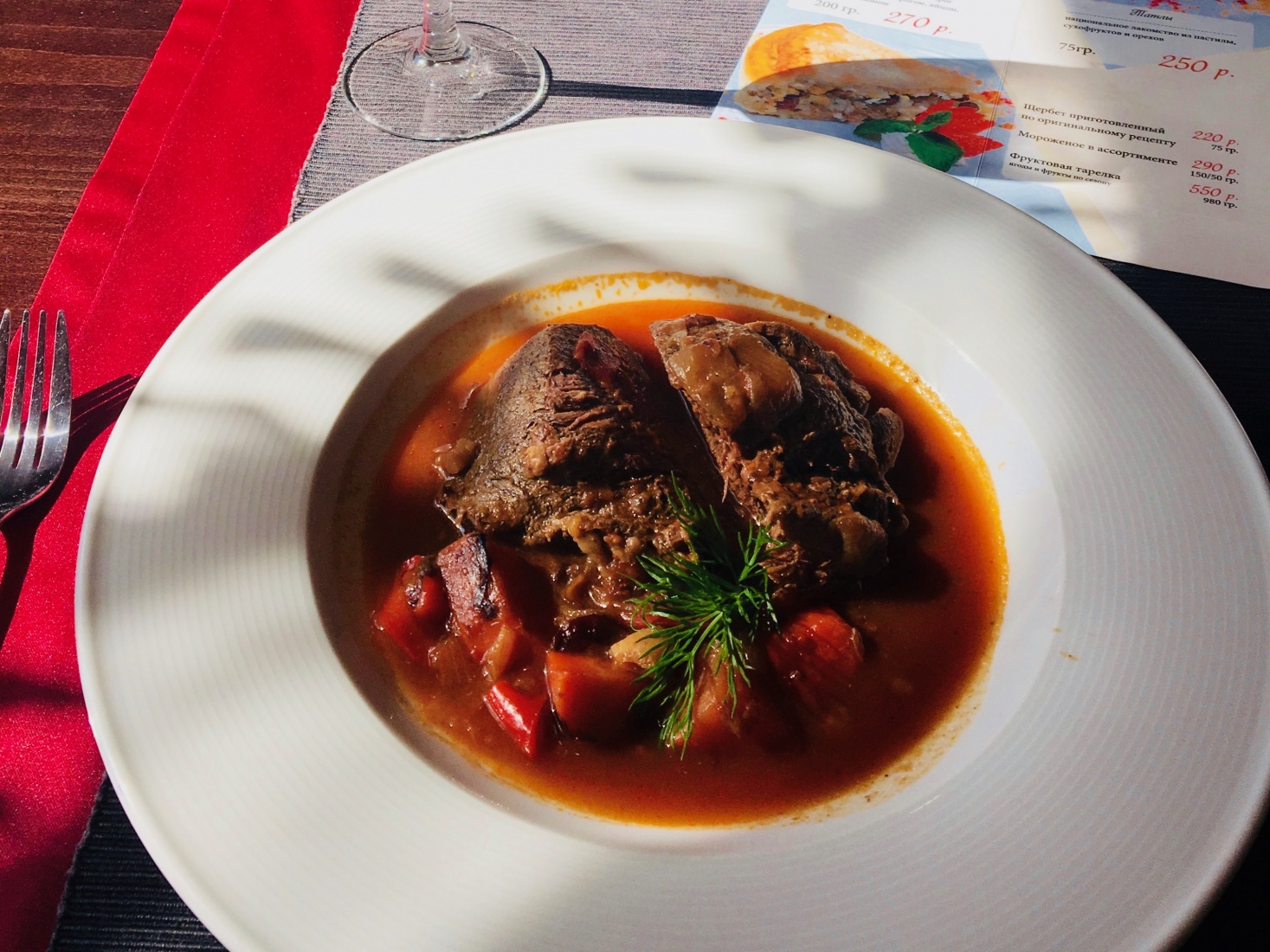
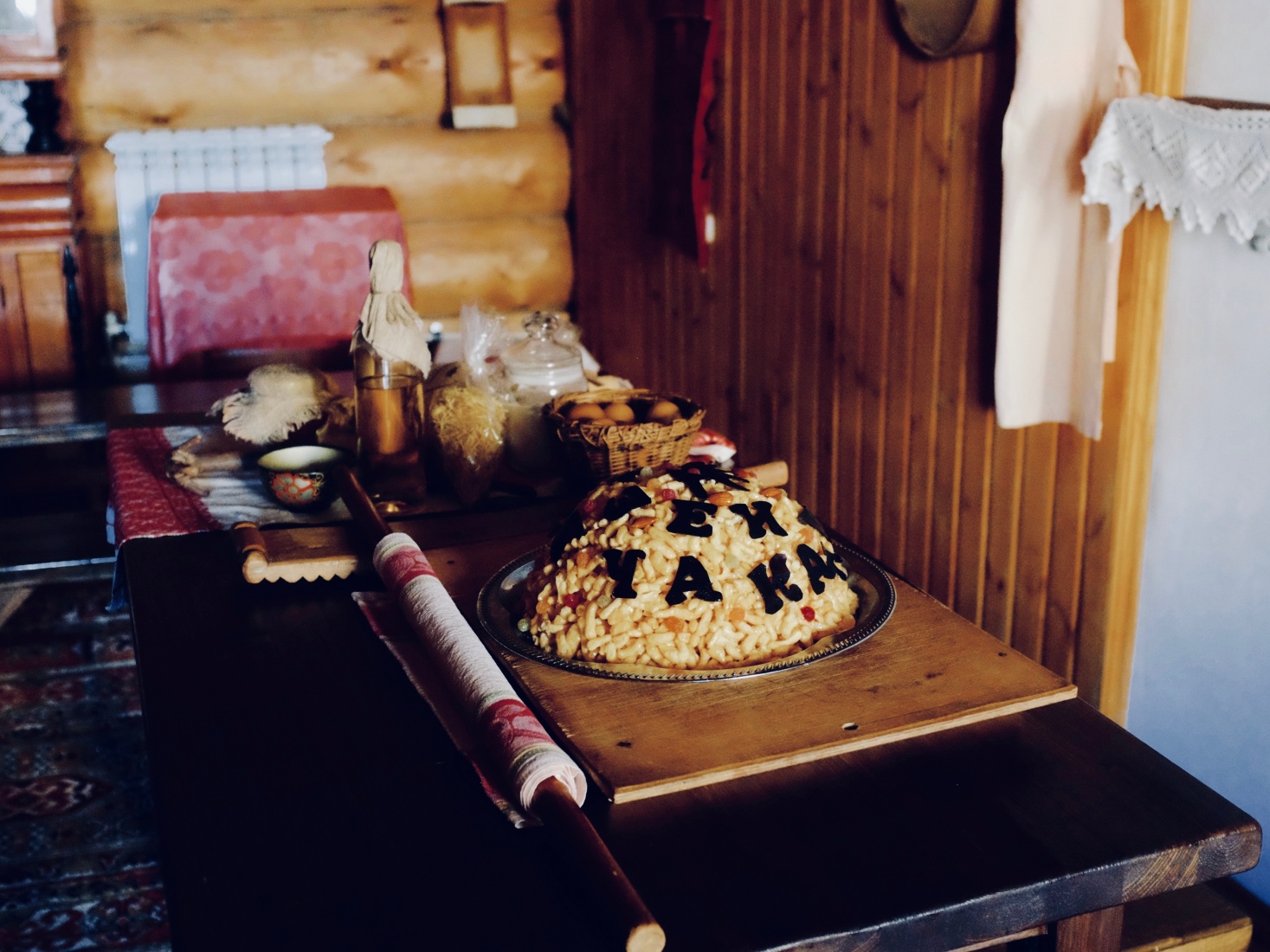
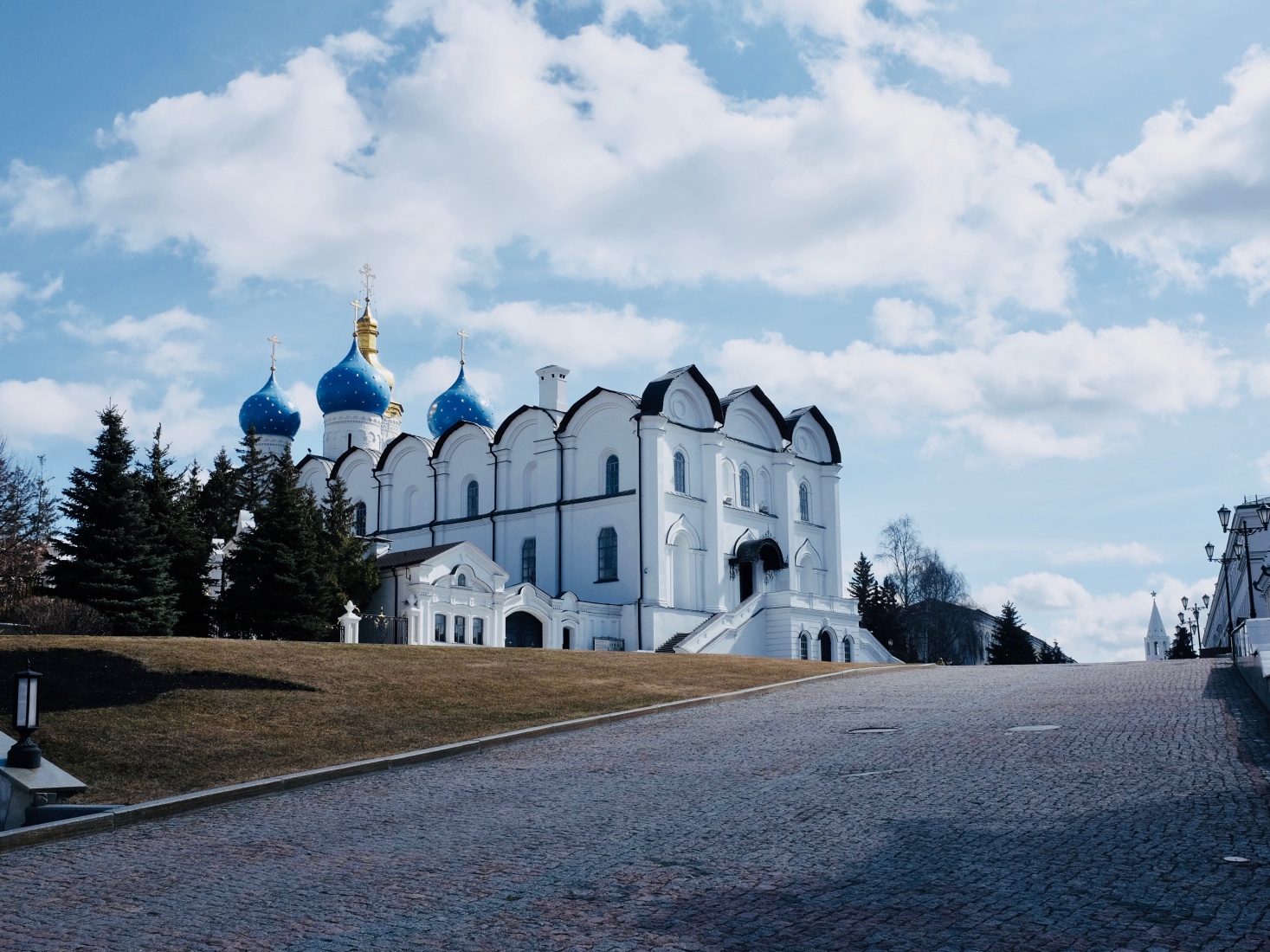
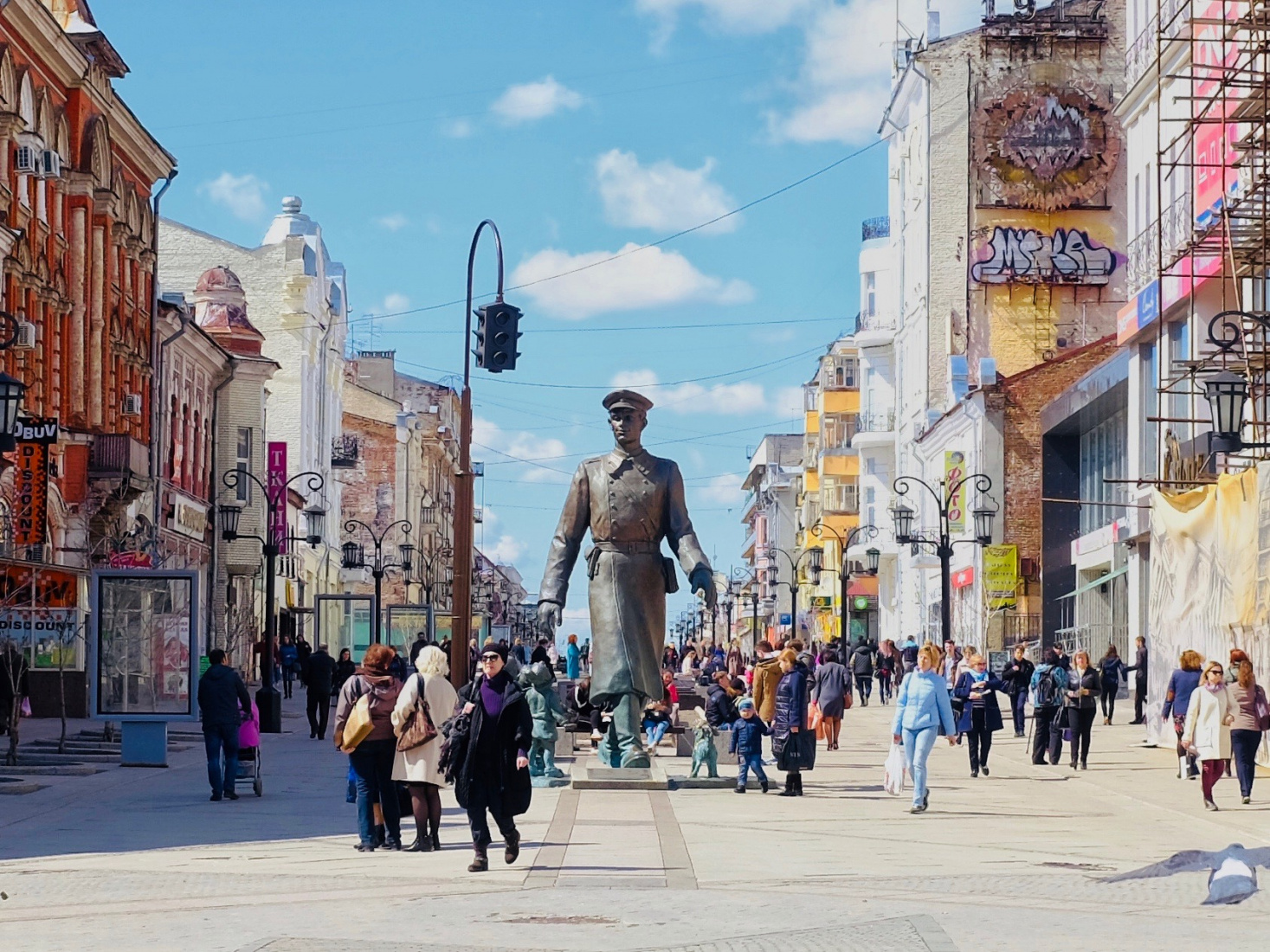
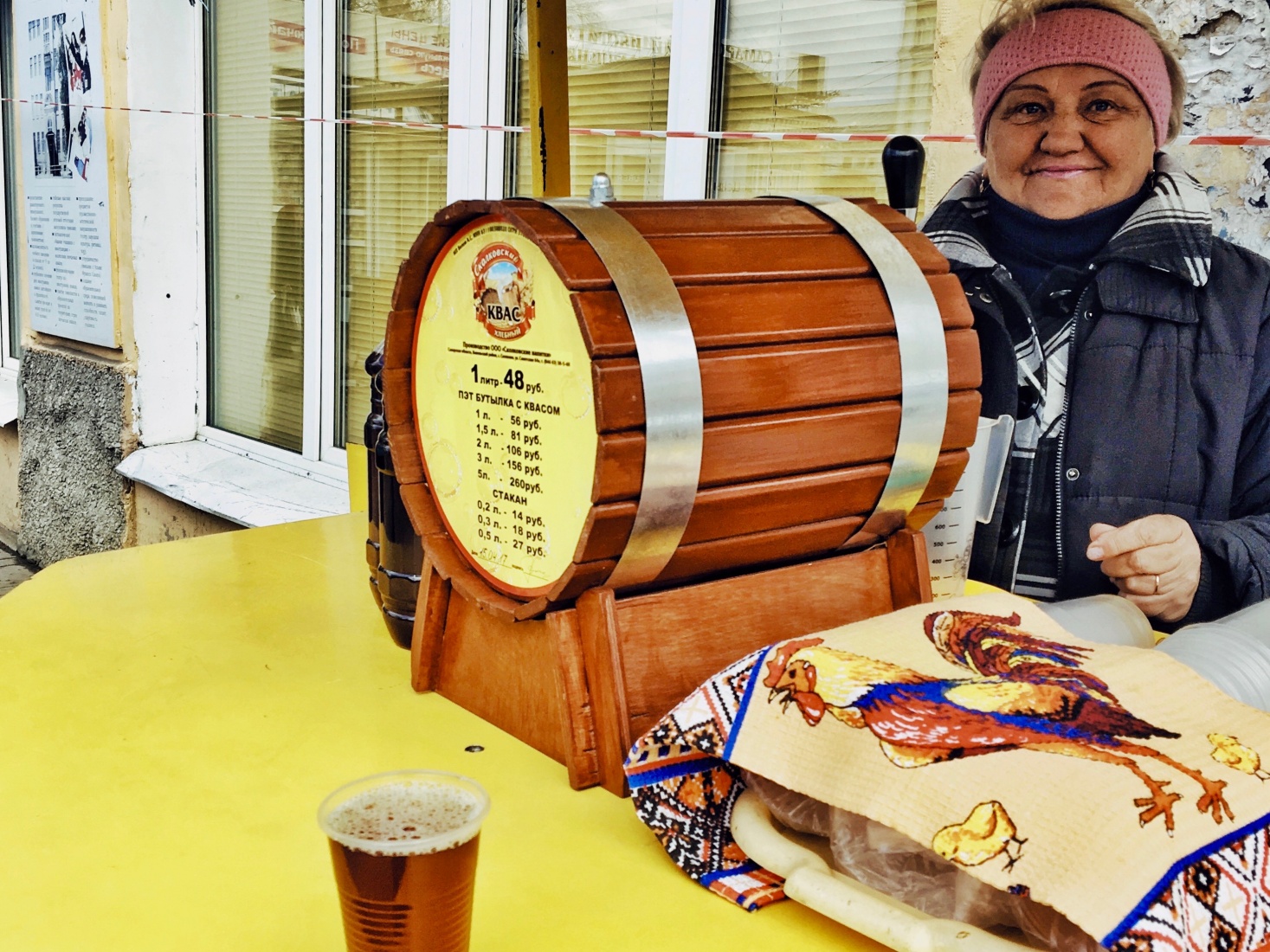
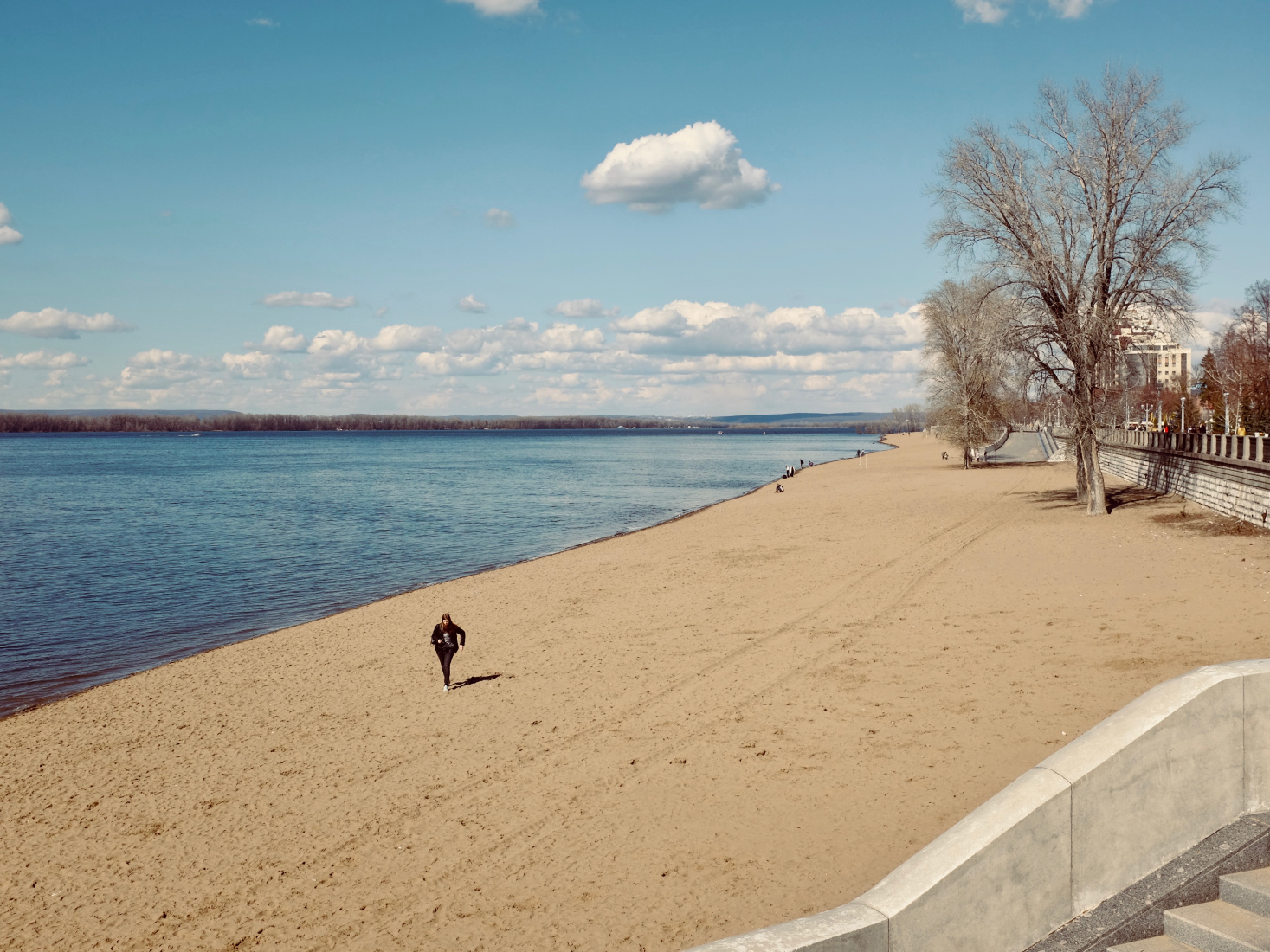
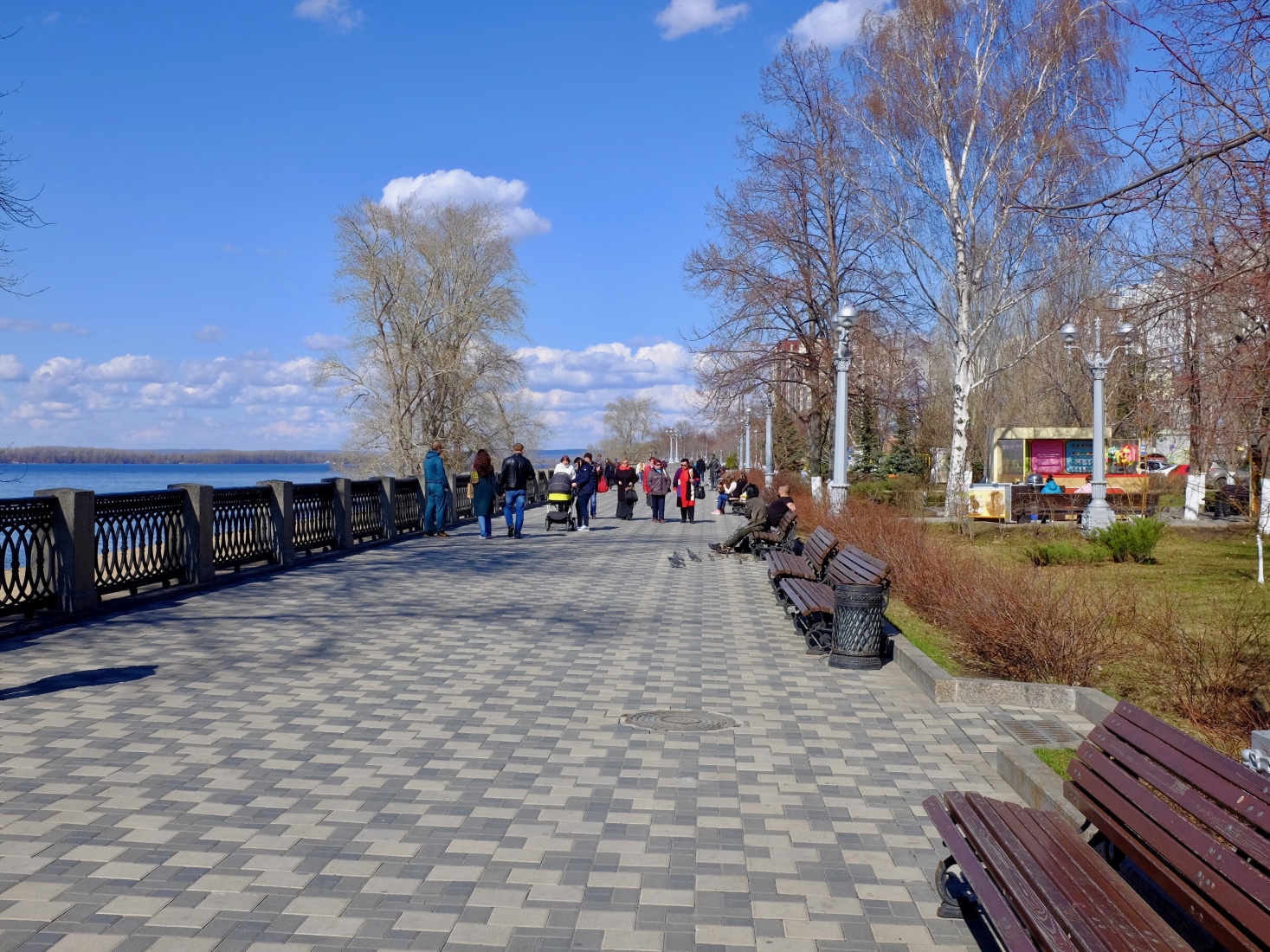
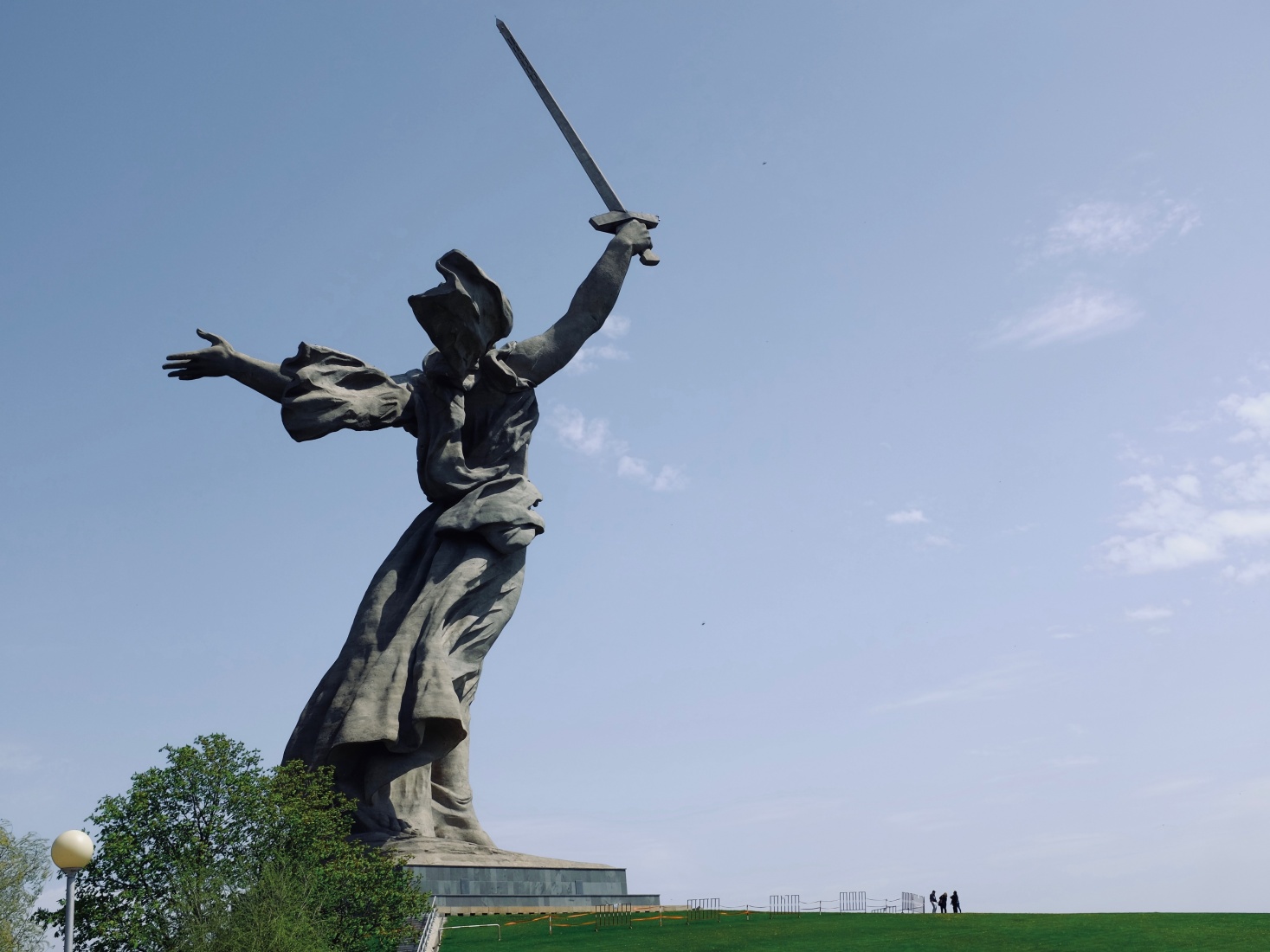
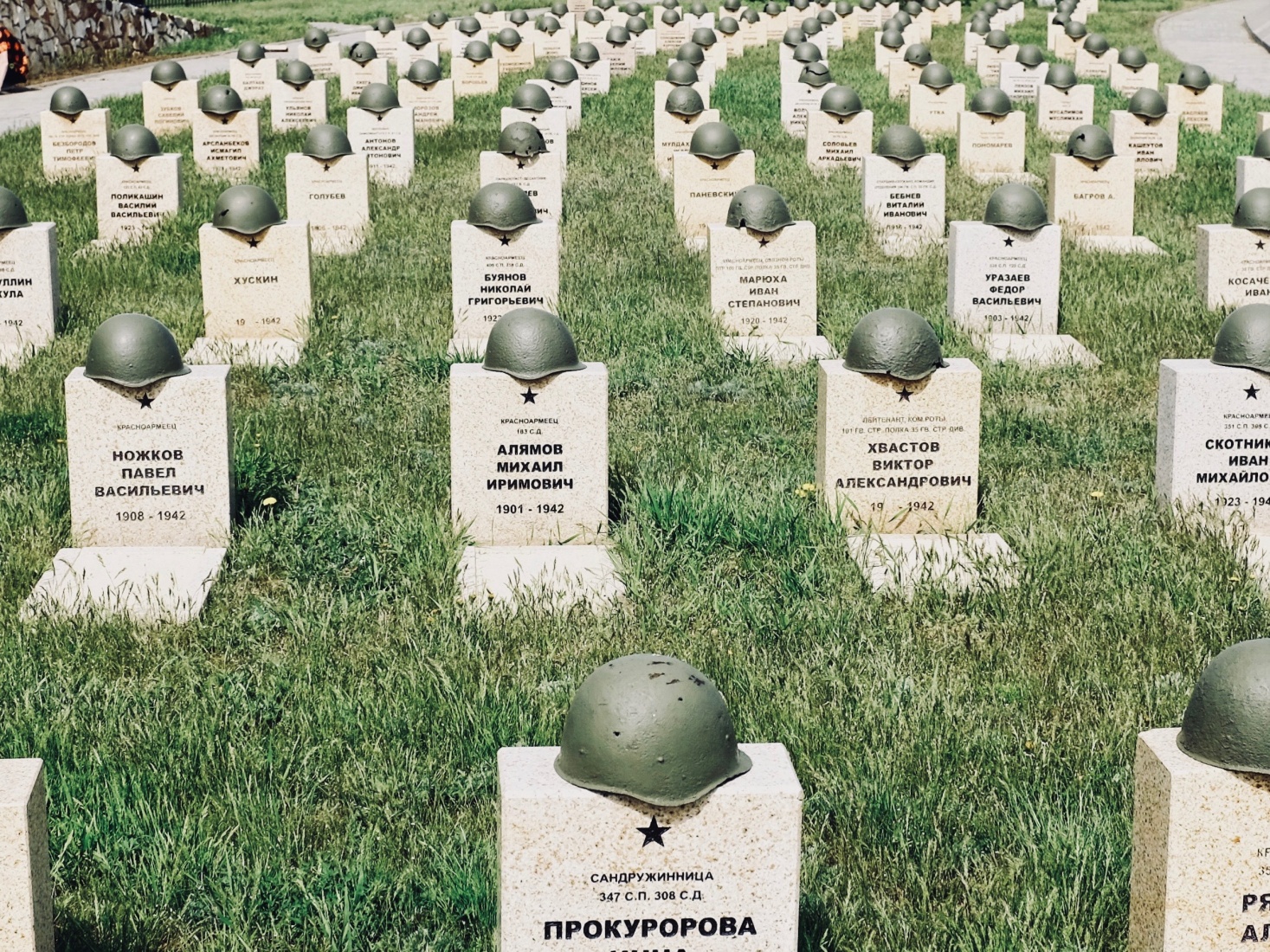
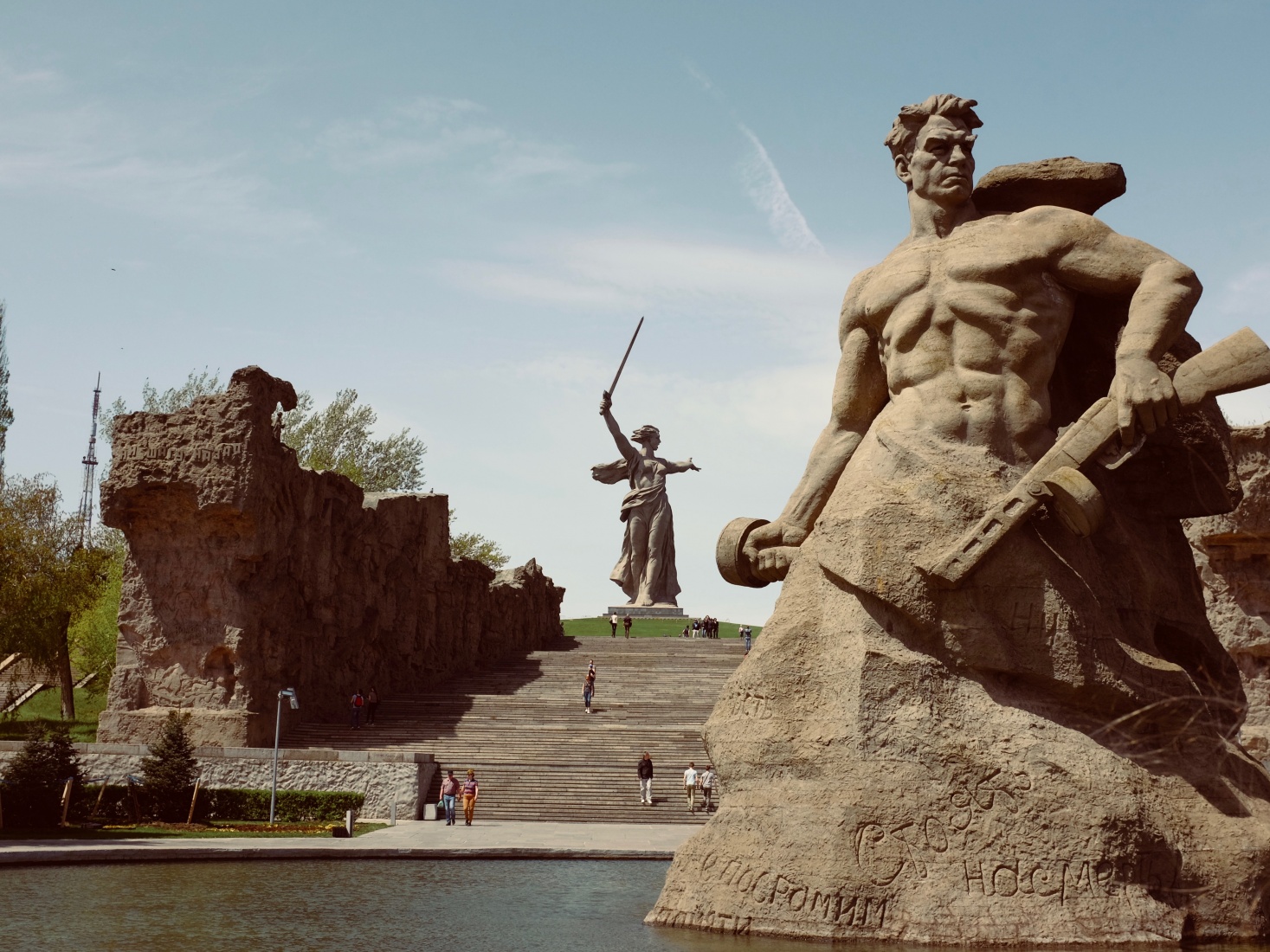
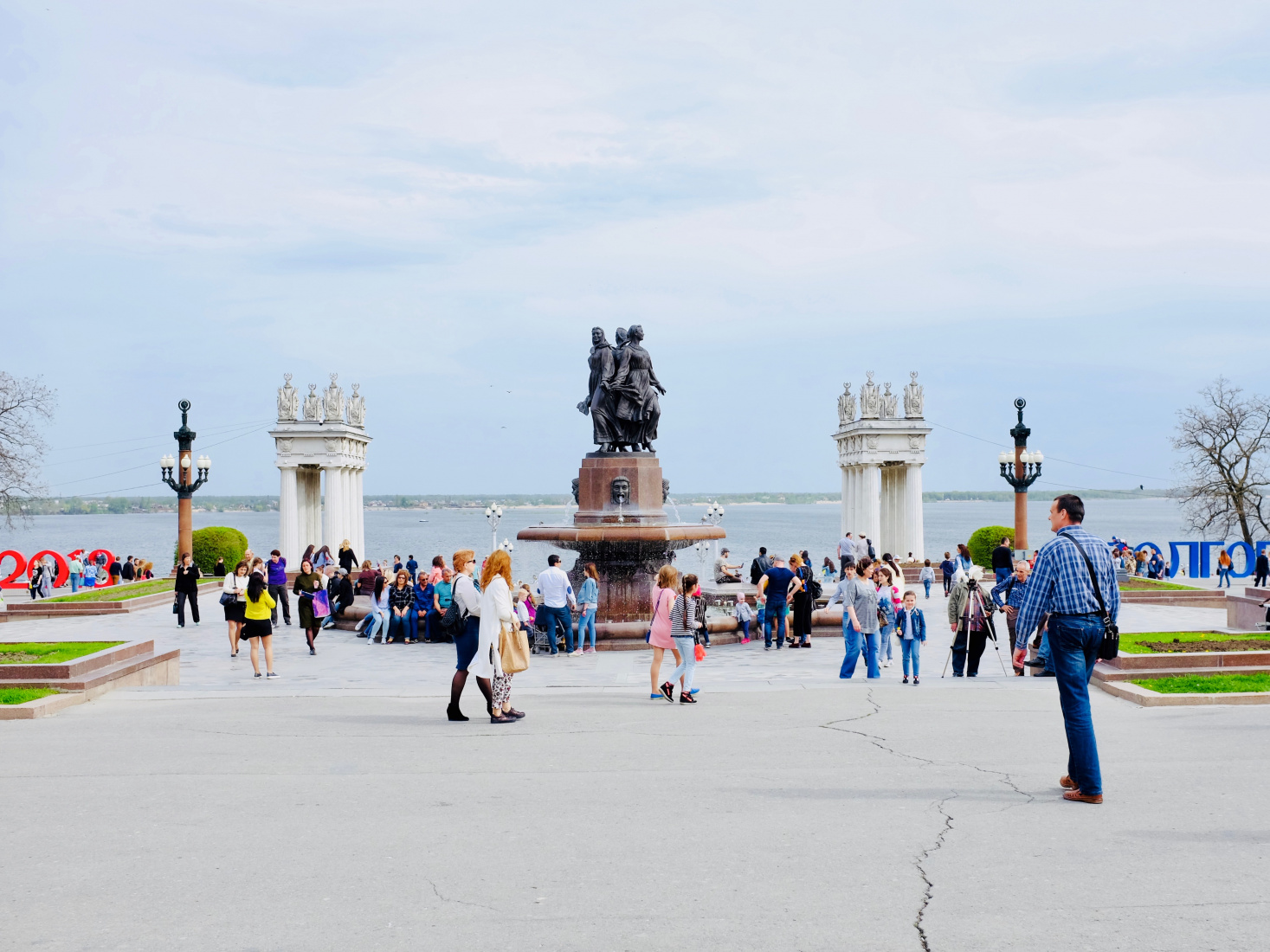

Pingback: Travel Along the Volga River in Russia - Episode 605 - Amateur Traveler Travel Podcast